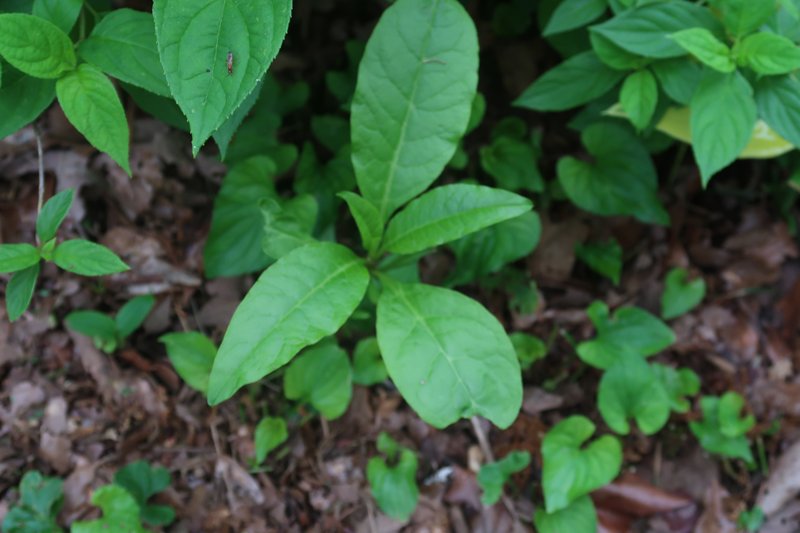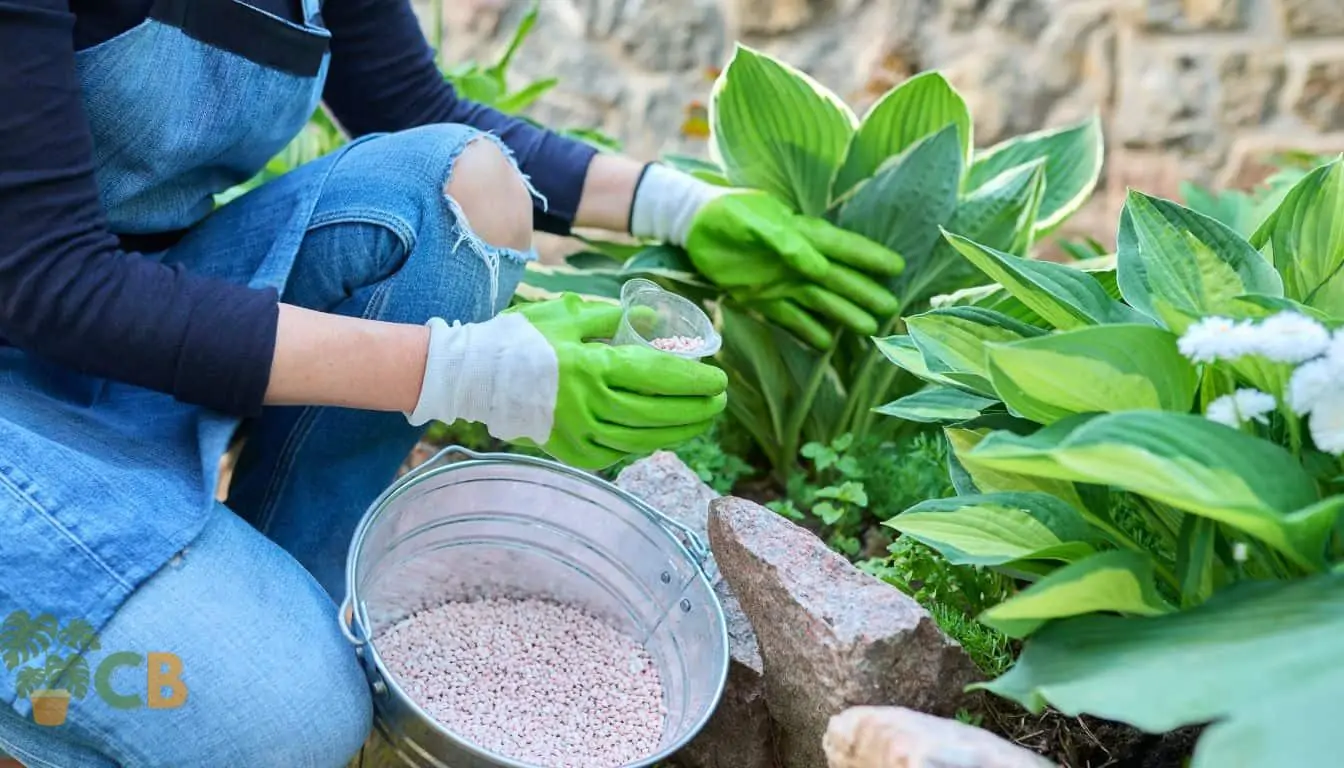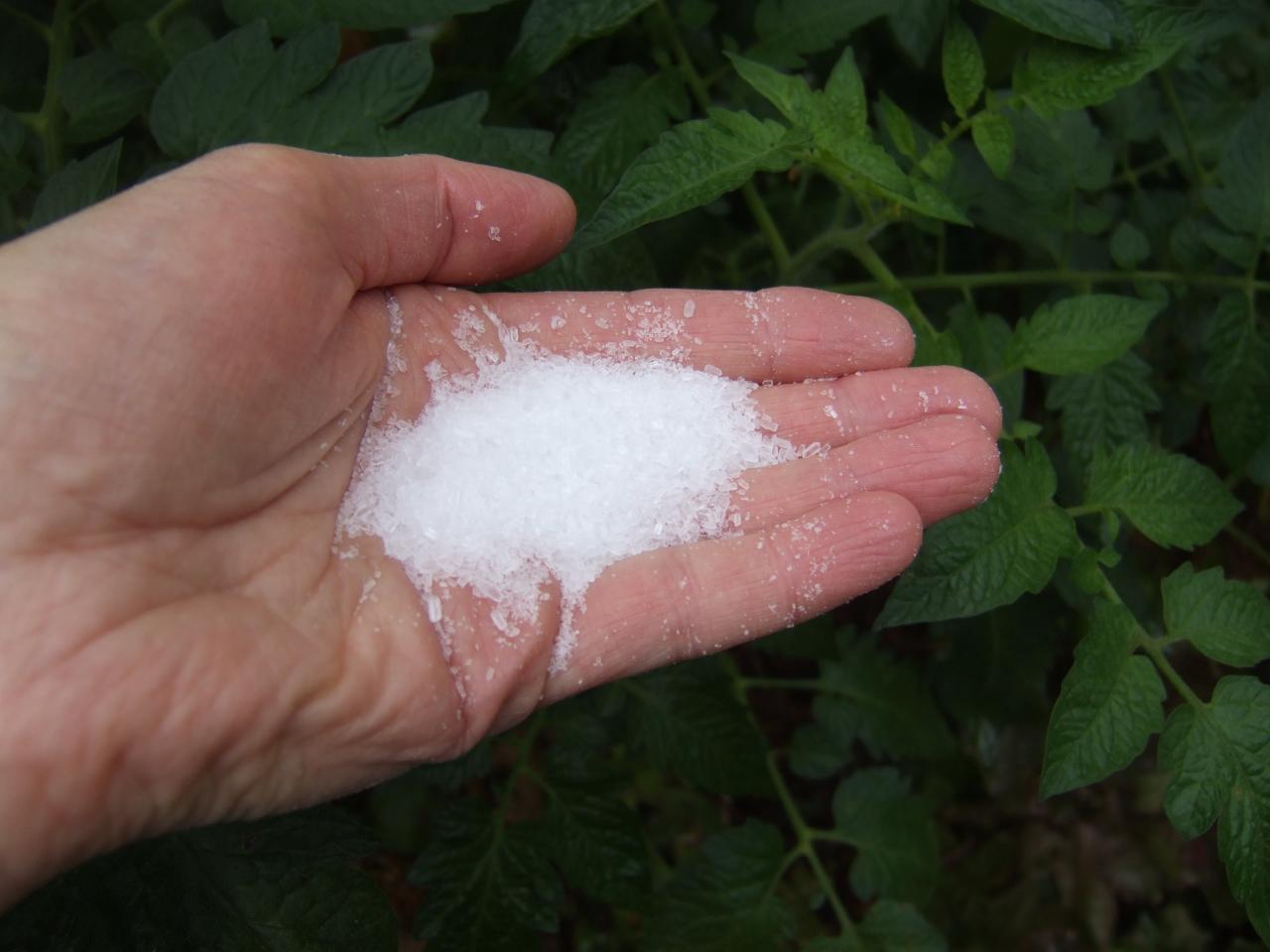What Plants Don't Like Epsom Salt as well as Their Alternatives
What Plants Don't Like Epsom Salt as well as Their Alternatives
Blog Article
Learn More About the Particular Plants That Are Negatively Affected by Epsom Salt Application
Epsom salt, a preferred home solution for numerous horticulture issues, is commonly commended for its advantageous results on plant growth. Comprehending the particular plants that can be detrimentally impacted by Epsom salt is vital for any kind of garden enthusiast looking to optimize their plant treatment routine.
Roses

Roses, particularly conscious adjustments in their setting, can be negatively influenced by the application of Epsom salt. While Epsom salt is frequently utilized as a plant food to promote plant growth and boost blooming, roses are just one of the plants that do not react well to its application. The high magnesium material in Epsom salt can hinder the uptake of various other important nutrients by the rose plants, bring about shortages that manifest as yellowing fallen leaves or stunted development.

Tomatoes
While Epsom salt is typically promoted as a treatment for various plant issues, consisting of blossom end rot in tomatoes, its application can lead to destructive outcomes if not made use of sensibly. Too much Epsom salt, which is magnesium sulfate, can interfere with the delicate nutrient balance needed by tomatoes, possibly leading to shortages in other crucial nutrients like calcium. When thinking about the use of Epsom salt on tomatoes, it is essential to stick to suggested application prices and soil testing to prevent unintentional repercussions on the total health and wellness and efficiency of these cherished garden plants.
Peppers
Peppers, respected for their different shades and degrees of spiciness, can show sensitivity to negative effects from Epsom salt when not used with treatment and factor to consider for their particular dietary requirements. what plants don't like epsom salt. Peppers, belonging to the Solanaceae family members, require a delicate equilibrium of nutrients to thrive. While Epsom salt is recognized to boost magnesium levels in plants, excessive application can disrupt this stability, causing unfavorable impacts on pepper plants
When peppers are revealed to high levels of magnesium from Epsom salt, it can disrupt the plant's capacity to absorb various other necessary nutrients like calcium and potassium. This inequality may materialize in signs such as leaf discoloration, stunted development, and lowered fruit manufacturing. Furthermore, the too much hop over to these guys magnesium can change the dirt pH, more aggravating nutrient uptake concerns for peppers.

Rhododendrons
Provided the sensitivity of particular plant varieties to inequalities triggered by Epsom salt, it is necessary to think about the influence on Rhododendrons, which also require specific nutrient degrees to flourish. Rhododendrons are acid-loving plants that choose acidic soil conditions with a pH array in between 4.5 and 6.0. Epsom salt, chemically known as magnesium sulfate, can alter the soil pH and disrupt the delicate equilibrium of nutrients crucial for Rhododendron health and wellness.

To preserve the ideal growth and wellness of Rhododendrons, it is crucial to prevent the indiscriminate usage of Epsom salt and instead concentrate on offering the particular acidic dirt problems and nutrients that these plants require for prospering.
Azaleas
These popular flowering plants are often located in landscapes, parks, and yards due to their charm and flexibility. While Epsom salt is typically utilized as a solution for magnesium deficiency in plants, its application to azaleas can have damaging effects.
When Epsom salt is applied to azaleas, it can modify the soil pH, making it a lot more acidic. Azaleas favor slightly acidic soil problems, and an extra of magnesium from Epsom salt can disrupt this equilibrium, causing nutrient discrepancies and possible toxicity problems. The wrong application of Epsom salt can result in stunted development, yellowing of leaves, and total decline in the health and wellness of azaleas. For that reason, it is vital to be cautious when taking into consideration using Epsom salt on azaleas to avoid any adverse consequences on these delicate decorative shrubs.
Verdict
In verdict, it is essential to be knowledgeable about the particular plants that can be negatively impacted by the application of Epsom salt. Roses, tomatoes, peppers, azaleas, and rhododendrons are some instances link of plants that might not profit from Epsom salt and could even suffer damage. It is critical to study and understand the needs of each plant varieties prior to using Epsom salt as a fertilizer to ensure their wellness and health.
Understanding the particular plants that can be adversely influenced by Epsom salt is vital for any kind of garden enthusiast looking to optimize their plant care regimen. While Epsom salt is generally used as a fertilizer to advertise plant development and enhance flowering, roses are one of the plants that do not respond well to its application.Too much usage of Epsom salt can also result in a build-up of salts in the soil, leading to root damages and dehydration of the rose plants. While Epsom salt is understood to increase magnesium degrees in plants, extreme application can disrupt this stability, leading to adverse impacts on pepper plants.
The high salt web content in Epsom salt can additionally dehydrate Rhododendron roots, creating additional anxiety and damages to the plant. (what plants don't like epsom salt)
Report this page